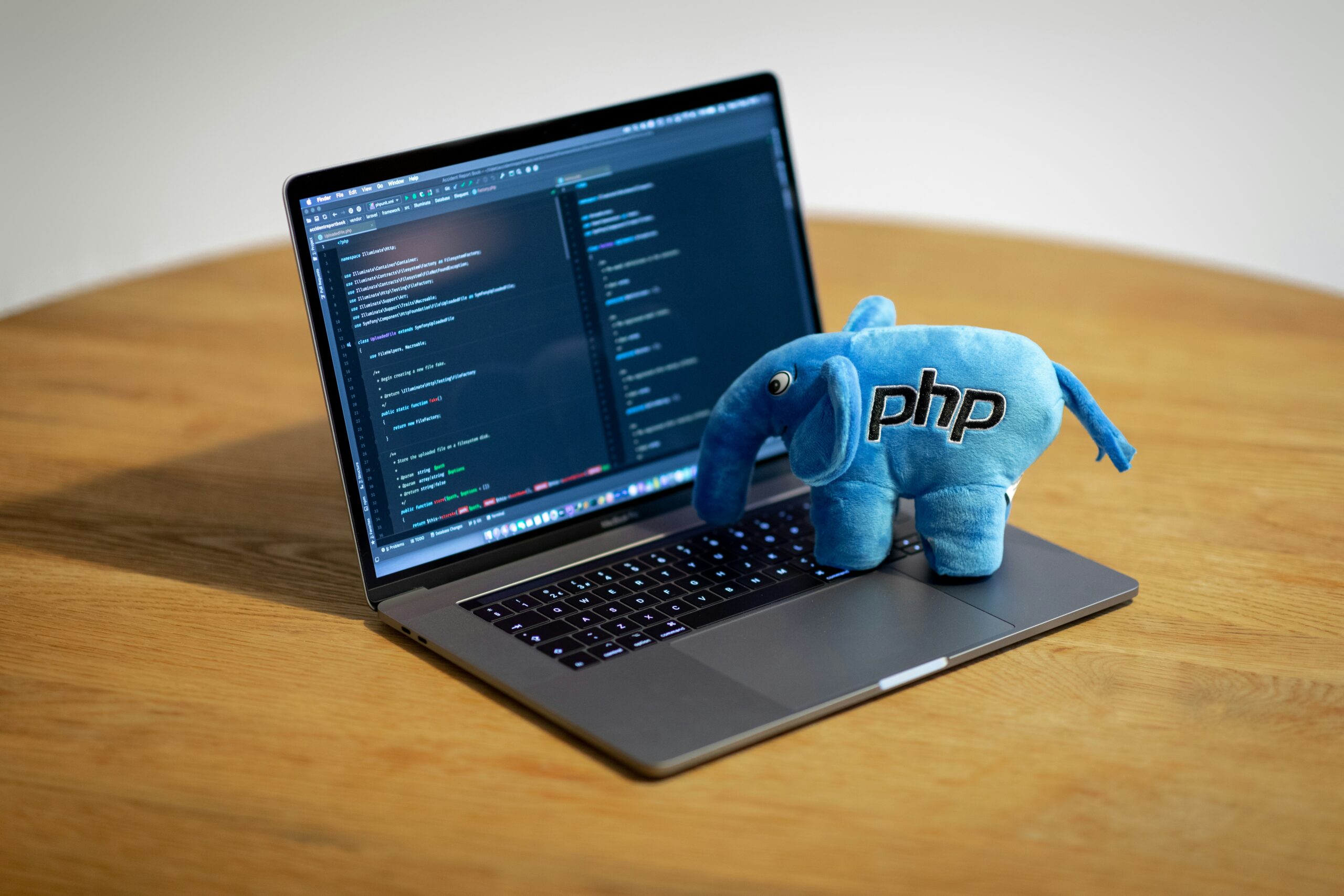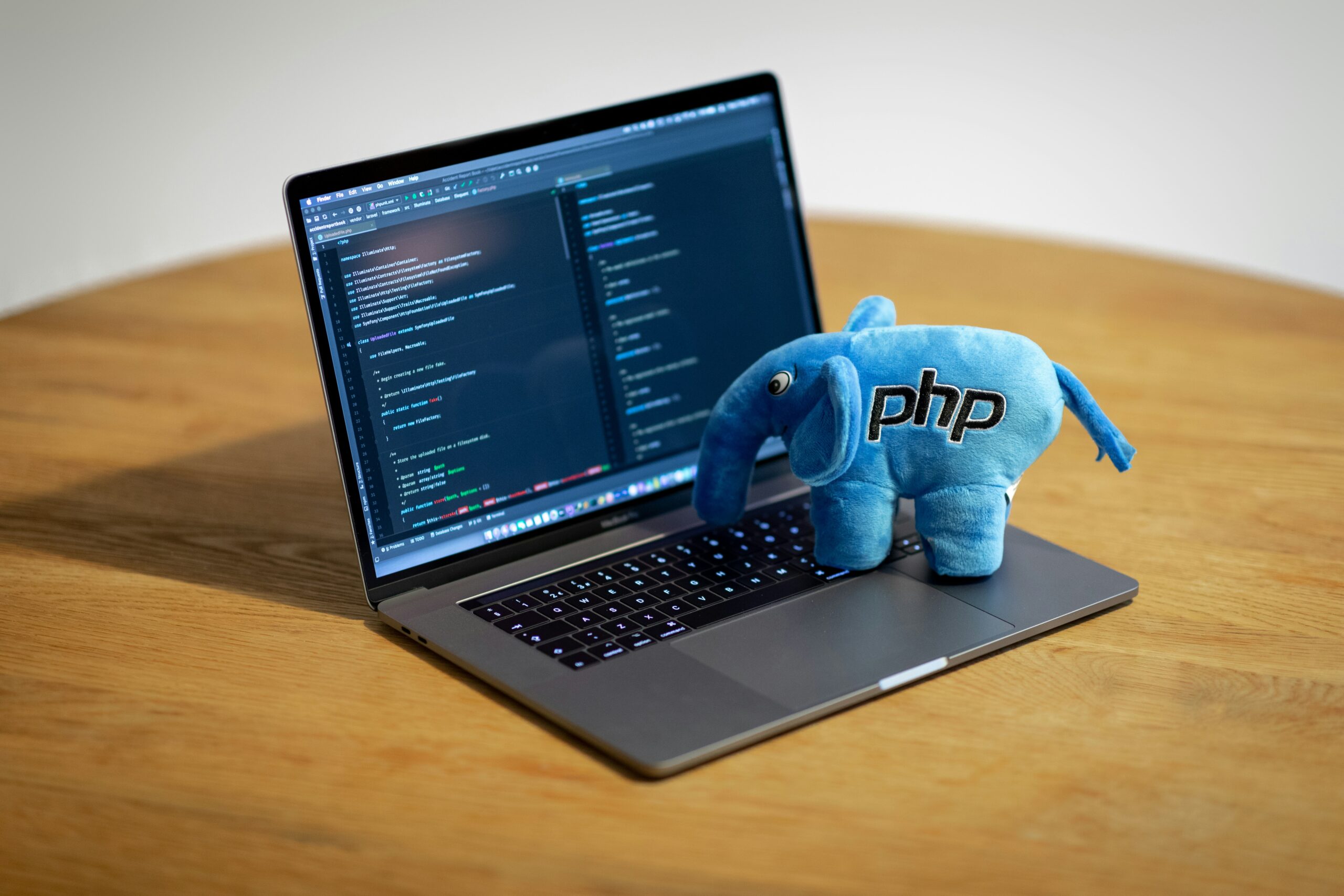The Basics of the C Programming Language
C is a powerful and widely used programming language that has been around for several decades. It was developed in the early 1970s by Dennis Ritchie at Bell Labs and has since become one of the most popular programming languages in the world. C is known for its efficiency, flexibility, and low-level programming capabilities, making it a popular choice for system programming and embedded systems.
What is C?
C is a procedural programming language, which means that it follows a step-by-step approach to solve problems. It provides a set of instructions, known as functions, which can be used to perform specific tasks. C is a compiled language, meaning that the source code is converted into machine code by a compiler before it can be executed.
Why Learn C?
There are several reasons why learning C can be beneficial:
- Portability: C programs can be written to run on different platforms with minimal changes, making it highly portable.
- Efficiency: C allows for low-level programming, giving programmers control over memory management and system resources.
- Widely Used: C is used in a wide range of applications, including operating systems, embedded systems, and game development.
- Foundation for Other Languages: Many other programming languages, such as C++, Java, and Python, have borrowed syntax and concepts from C.
Getting Started with C
To get started with C programming, you will need a compiler and an Integrated Development Environment (IDE). Some popular choices include:
- GNU Compiler Collection (GCC): A widely used compiler for C and other programming languages.
- Microsoft Visual Studio: A comprehensive IDE that includes a C compiler.
- Code::Blocks: A free and open-source IDE that supports C programming.
Once you have set up your development environment, you can start writing C programs. Here is a simple “Hello, World!” program in C:
#include <stdio.h>
int main() {
printf("Hello, World!");
return 0;
}
This program uses the printf function to display the message “Hello, World!” on the screen. The return 0 statement indicates that the program has executed successfully.
Key Features of C
Some key features of the C programming language include:
- Variables and Data Types: C supports a variety of data types, including integers, floating-point numbers, characters, and arrays.
- Control Structures: C provides control structures such as loops and conditional statements to control the flow of a program.
- Functions: C allows you to define and use functions to perform specific tasks.
- Pointers: C supports pointers, which are variables that store memory addresses.
- File Handling: C provides functions for reading from and writing to files.
Conclusion
C is a versatile and powerful programming language that is widely used in various domains. It offers efficiency, portability, and low-level programming capabilities, making it a popular choice for system-level programming. Learning C can provide a strong foundation for understanding other programming languages and concepts.
Whether you are a beginner or an experienced programmer, learning C can open up new opportunities and enhance your programming skills.




